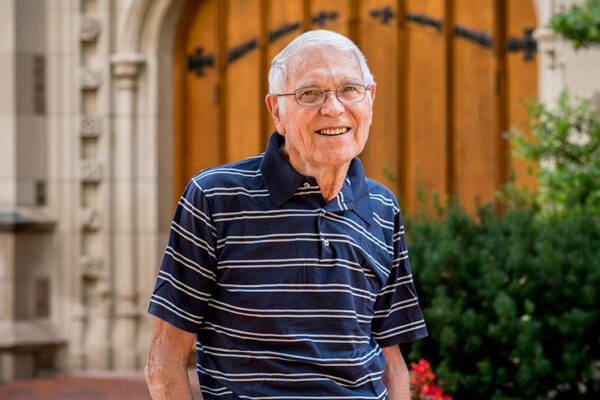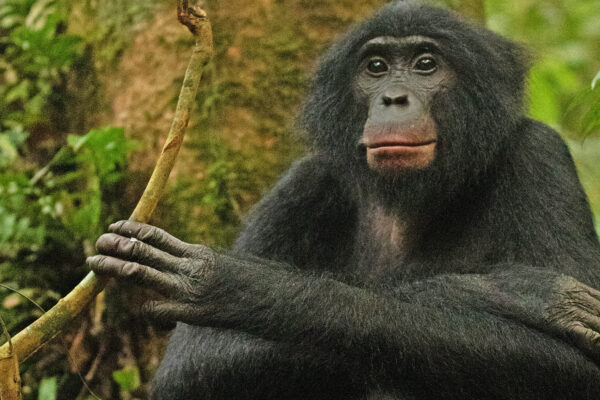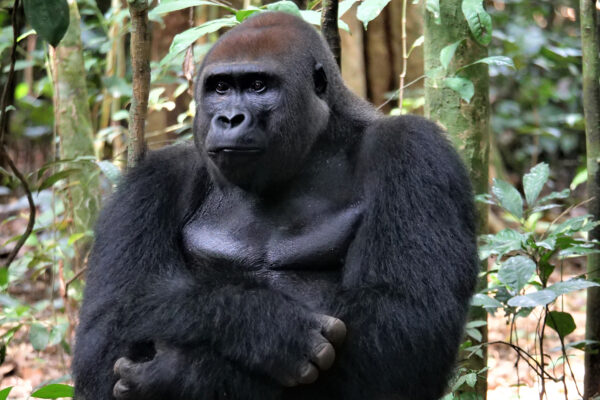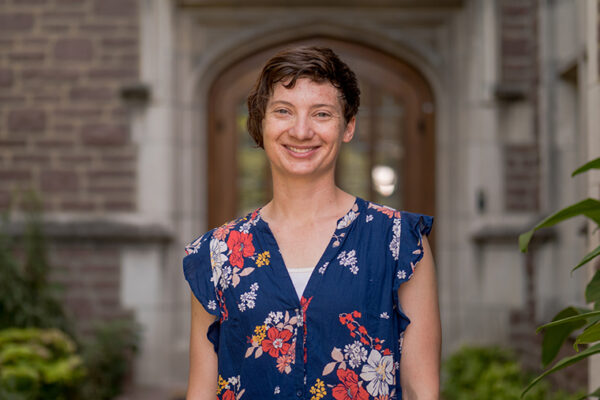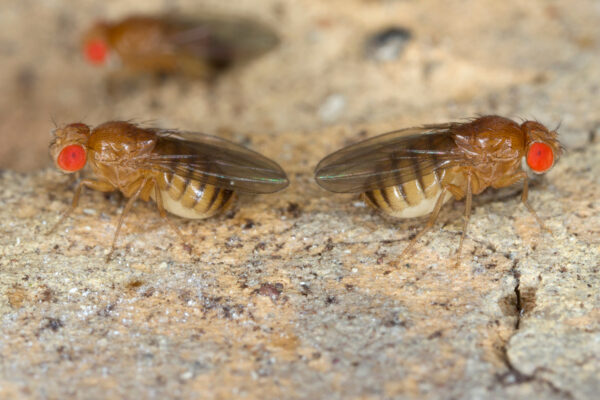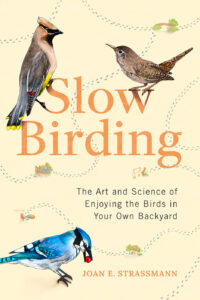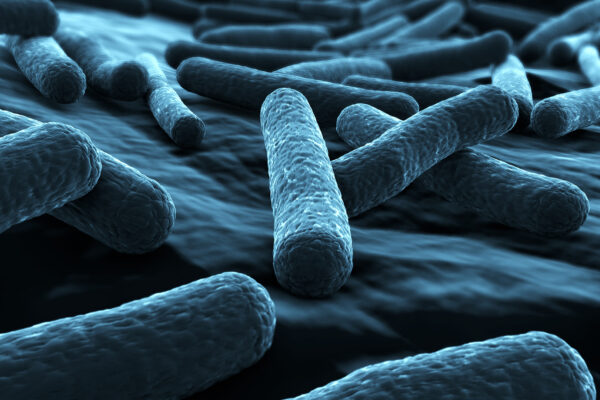Hummingbirds use torpor in varying ways to survive cold temps
Tropical hummingbirds use a hibernation-like state called torpor in varying ways, depending on their physical condition and what is happening in their environment, according to new research from Washington University in St. Louis and Colombian biologists.
Secret lives of salamanders
Scientists at Tyson Research Center are carefully tracking the timing of salamander breeding as part of a larger research effort examining the impacts of climate change on amphibians and plants.
Garland Allen, professor emeritus of biology, 86
Garland (“Gar”) Edward Allen III, a professor emeritus of biology in Arts & Sciences, died peacefully in Palm Springs, Calif., Feb. 10. He was widely known for his work in the history of genetics and was an international leader on the history of eugenics.
Malaria infection harms wild African apes
Scientists led by Emily Wroblewski, in Arts & Sciences, discovered that bonobo populations differ in a key immune trait depending on the presence of malaria infection. Infected populations have a higher frequency of an immune variant that protects against developing severe disease, a pattern that mirrors what is observed among human populations.
WashU great ape, biodiversity research informs decision to expand Congolese park
At least 20 Washington University students participated in a Living Earth Collaborative project and a related camera trap effort to provide evidence that the Djéké Triangle deserves legal protection.
Penczykowski wins NSF CAREER award
Rachel Penczykowski, an assistant professor of biology in Arts & Sciences, won a prestigious National Science Foundation grant for early-career faculty who excel at mentorship and research. The award will fund a project investigating infestations of a common plant pathogen in the St. Louis area.
When bugs swipe left
A study in iScience led by biologist Yehuda Ben-Shahar in Arts & Sciences identifies a link between the genetic instructions for the perception and production of pheromones.
The Sacred Depths of Nature
How Life Has Emerged and Evolved (second edition)
A beautifully written celebration of molecular biology with meditations on the spiritual and religious meaning that can be found at the heart of science, this volume makes an important contribution to the ongoing dialog between science and religion. This book will engage anyone who was ever mesmerized–or terrified–by the mysteries of existence.
Slow Birding
The Art and Science of Enjoying the Birds in Your Own Backyard
In this inspiring guide to the art of slow birding, evolutionary biologist Joan E. Strassmann in Arts & Sciences tells colorful stories of the most common birds to be found in the United States — birds we often see but might not have considered deeply before.
Beyond the average cell
Models based on an average cell are useful, but they may not accurately describe how individual cells really work. Molecular biologists use actual single-cell data to update the framework for understanding the relationship between cell growth, DNA replication and division in a bacterial system.
Older Stories


